It can give hours of pleasure, with the possibility of making a masterpiece: so what’s not to love about taking up drawing and painting? As children we drew, and coloured in with wild sweeping gestures that could make a contemporary critic reach for their keyboard. While the critic might be looking for words, painting and drawing bypass language, and connect to different areas of the brain. Get in the flow, and it can bring levels of relaxation that border on therapeutic, a state of mind quite at odds with the cliche of the tortured artist. Sounds good? What’s holding you back? Five artists get you started.
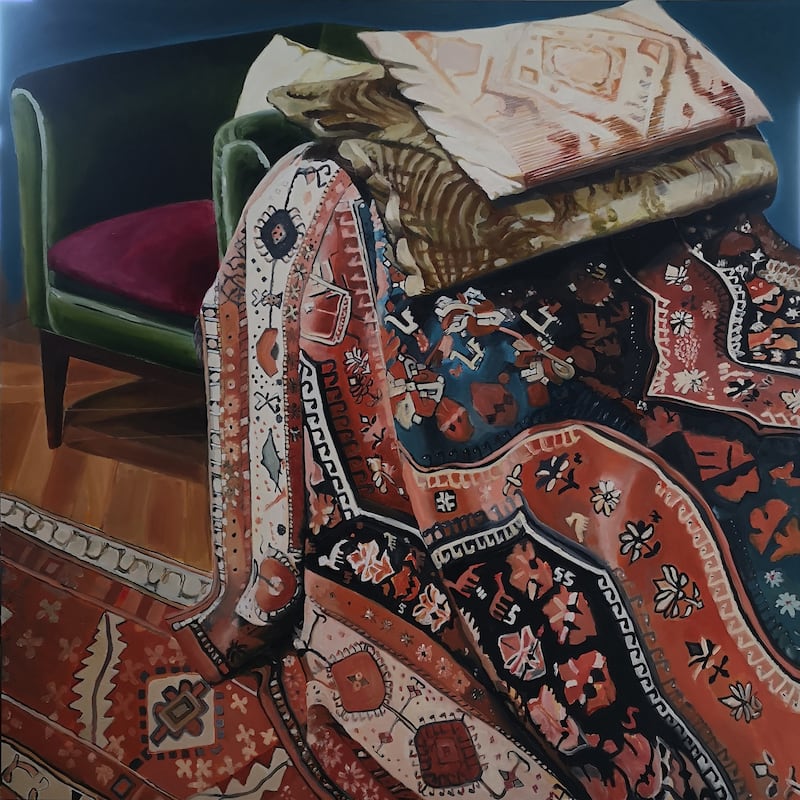
Painting
"The more you look, the more you see": Mary A Kelly
Find any type of paper or cardboard, pencils, crayons, biros, pens, raid the children's paints… Remember: this is you making your marks on a surface. Getting it absolutely right is not the aim. A machine can do that. Don't be afraid to play with it. Be childlike.
Choose something you want to draw/ paint. Look around the house and garden. Look at machinery, tools, kitchenware, clothes, flowers, furniture, animals, children, your own self portrait in a mirror. Arrange whatever you choose, or leave them where they are. Use your phone to see from different angles: above, below, close up, very close up, distant. This helps you explore and compose. The key starting point in any artistic expression is "observation". The more you look the more you see. Always trust your eyes. marykelly.website
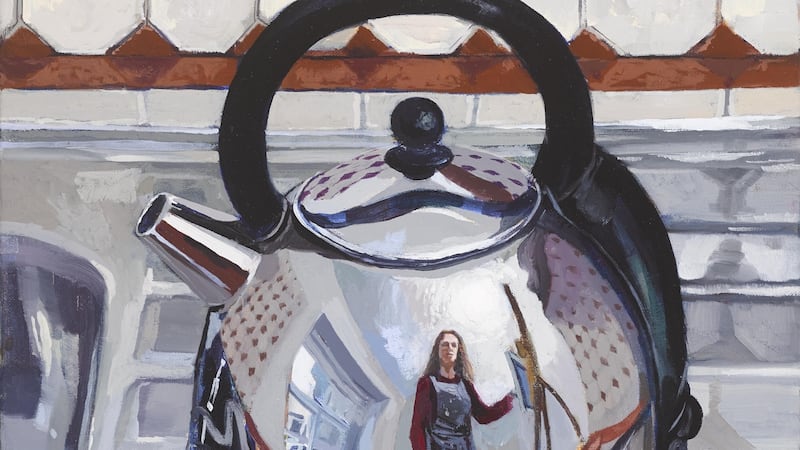
"First you need to break the ice": Una Sealy
The biggest challenge starting a work is exactly that. Starting. There are so many reasons not to. It's amazing how painful, humiliating, and tragic it can feel. But if you sit down and just do it, listen to music to take your mind off. Something miraculous happens, a different part of your brain becomes activated, ideas come. Sometimes the painting starts telling you what to do. Picasso said: Inspiration exists, but it must find you working.
I keep a sketchbook, in which I draw anything and everything. It forms a kind of visual diary, and is never seen publicly, so I don't feel any pressure over whether the drawings are any good. This is a great habit, and anyone can do it. unasealy.com
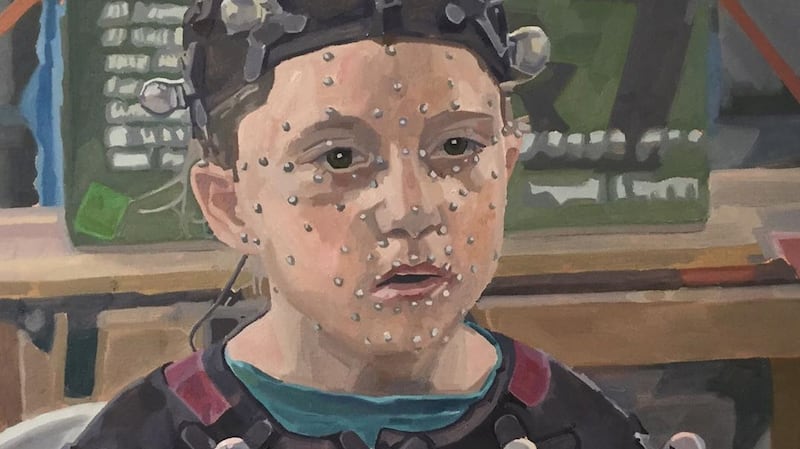
Paint from reality: Martin Gale
Paint in the presence of the subject, either an object in your house or a landscape, maybe the view out a window. It's best to avoid starting from photographs; you lose the sense of 3D-ness as the subject is already flattened to a two-dimensional plane.
Try not to get too precious. Have several grounds (canvas, board, pad, or whatever you are using) to hand, in case things go wrong. Don’t be afraid to scrap it and start again. You are unlikely to end up with a finished piece after the first go. Start with an idea of how you want your painting to look. Small thumbnail sketches will help decide on basic composition: what to include and what to leave out.
Then, if things start to look different as you go along, assess the changes and see if you can go with the way it is progressing, or maybe scrape back and start again. martingale.ie
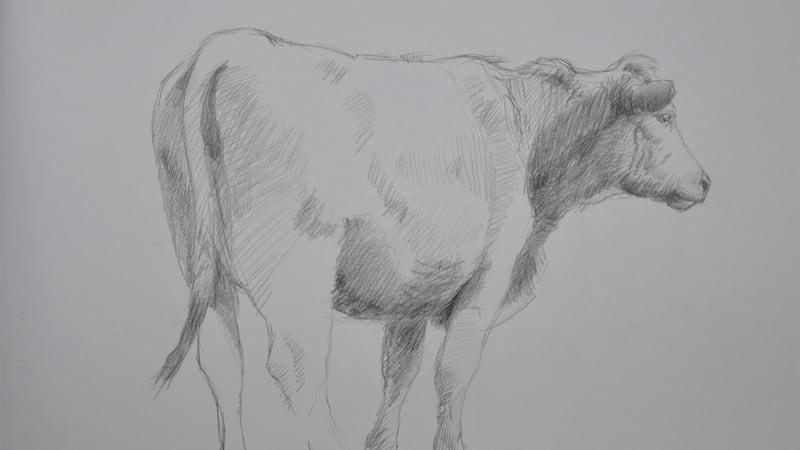
Learning the rules: Colin Martin
Have a good drawing to underpin the painting. If I have interesting source material, that I feel excited by, and I have spent time making a detailed drawing, then I feel prepared and the painting always goes smoother.
Close reading of the work of artists in books, galleries and museums is really informative. Some of the guiding principals and rules of painting, such as the "fat over lean" rule when applying paint, and the complimentary colour wheel are really grounding. (These are: when oil painting, start with a thin layer, and build steadily; and see, for example, canva.com/colors/color-wheel). Practice and process are key to resolving problems. @colinmartin81
Expert tips
- The basic rules of painting are there to be broken, but some are really helpful for starting out, such as: with oils you work from dark out to light. If you are painting a shoe, for example, or any shiny object, you don't paint the highlights first and then add the dark bits later! With watercolour it is the other way round, light colours first and darks last. MG
- The simplest way to approach composition is to cut out a viewfinder from a piece of cardboard, to the same scale of the proportions of your canvas. Look through it at your subject matter, move it around, like you would a camera lens until you settle on an interesting arrangement, and then refer to it as you sketch out your painting. US
- Don't be inclined to destroy quickly what you think hasn't worked. Give it time and you may be surprised. Sometimes it's your best work! MK
- Often problems are technical: how do I paint hands, hair, fur, glass, water? Or things are not turning out as you expected - this is often the most exciting part of painting - not quite knowing how it is going to look when it is finished, or even when to leave it and resist overworking. Sometimes painting can be an exercise in problem soalving or even crisis management! No matter how carefully you plan a painting, you can still end up with a wonderful surprise. MG
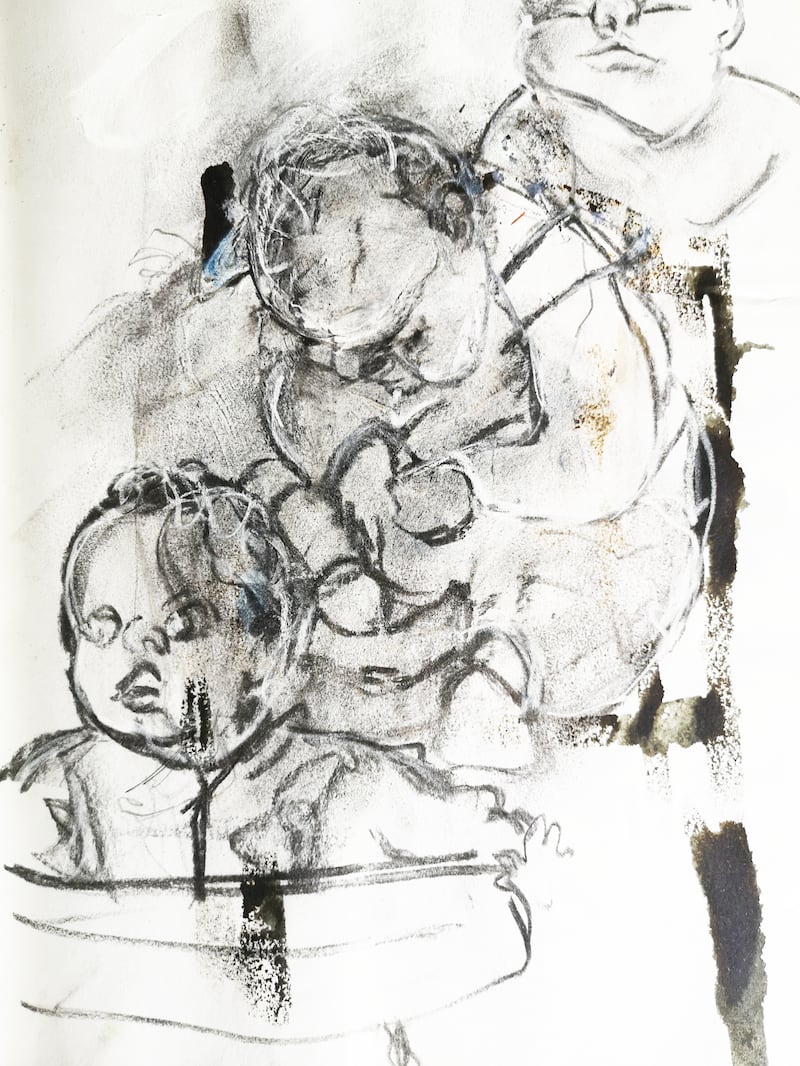
Materials
- I love Winsor & Newton's Burnt Sienna, it has a beautiful transparent glow, but I prefer Michael Harding paints for the sheer pigment load in colours such as Ultramarine and Yellow Ochre. Other fabulous brands are Old Holland and Williamsburg. All brands can be mixed together. For getting started, Evans' own brand oils are really affordable and high quality, as are Winsor and Newton 'Winton' range. US
- I use Old Holland oil paints and mostly use a pared back palette of warm and cold primary colours and white. They are expensive but have a really strong chromatic quality. Its easy to buy a basic starter kit for painting. Evans offer a discount for members of Virtual Artists Ireland. A basic starter kit includes Cadmium Yellow, Lemon Yellow, Cadmium Red, Alizarin Crimson, French Ultramarine, Cerulean Blue, Titanium White. Sized/gessoed paper, or an oil pad A4 or larger. Ruler, palette, distilled turpentine, palette knife, jars, rags, range of brushes. CM
- For watercolours: Winsor & Newton or Daler-Rowney. As for brushes: buy the best you can afford; they will last longer. MG
Don’t give up
- There is a discipline to making art. Morning into early afternoon is the best time for me, I formed the habit of doing this every day. Sometimes its playing with my notebooks to start or priming a canvas. My concentration builds over that time. The time away from your work helps to see it better when you go back. MK
- If at all possible, plan some hours in the day where you can set aside the time to paint. Organise a workspace, however small, where you have everything set up. Painting is difficult enough without having to battle with your materials as well. US
Discover more
- Kimon Nicolaides, The Natural Way to Draw (Souvenir Press: KBB)
- Sarah Simblet, The Drawing Book (Dorling Kindersley: MG, US)
- Michael Wilcox, Blue and Yellow Don't Make Green (School of Color Publishing: US)
- RHA School Lecture Series: online artist talks including seasons on drawing and panting by Mick O'Dea, Mark O'Kelly, Diana Copperwhite, Niamh O'Malley, Stephen Brandes and more (rhagallery.ie/school) CM
- Bodies in Motion: online resource for videos and images of the human body by Scott Eaton (bodiesinmotion.photo) US
- And finally, you'll find online tutorials to help solve (almost) all your technical problems, but as Mary Kelly says: "nothing replaces your own trial and error. In that way you develop your own personal style that belongs to you and you alone. It is your voice and your mark."

Drawing
Not all painting starts with drawing, but with simple inexpensive materials that you’ll already have at home, drawing is a very good place to start.
Katherine Boucher Beug's recommendation is for equipment that is cheap and expendable: a simple biro and a lined copy book. "Biros slide around and encourage fluency and you can't erase them," she says. Markers on old newspapers or brown paper bags are also good. It's all about getting started and removing the fear.
Katherine Boucher Beug’s drawing tips
- Look up the drawings of others, note what you like, and draw what they drew. Find your "master" drawing teacher, look at their drawings, and get ideas from them. If you're really stuck, copy, but copy from the greats who drew all their lives: Durer, Rembrandt, Leonardo etc.
- Why do it? Joy. You get joy by doing it every day. It must become a habit. Like learning the guitar, draw 10 minutes a day, until you cannot stand to have a day go by without it. Do it in short bouts, close the copy, put it away, do it again tomorrow.
- Lower your expectations. No one makes a CD of themselves playing scales. You just do it because you know it's good for you. No one ever learned to play the guitar by playing once a week.
- Draw by looking at the subject and not looking at the page, at your drawing. It's called blind drawing. In order to do this you have to accept that your drawing will not "look good" . This is about learning good habits, not thinking you are creating a masterpiece.


















